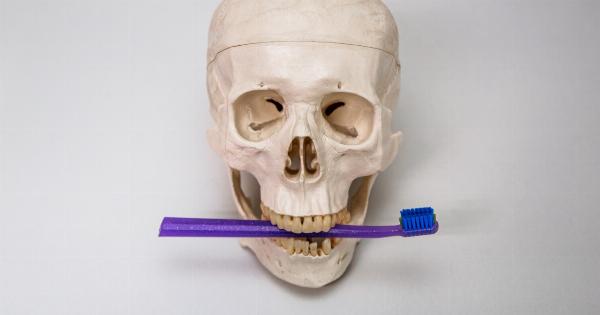Infertility affects nearly 15% of couples worldwide, and male infertility is a contributing factor in about 50% of these cases. While female infertility tends to be more openly discussed, male infertility is often disregarded or stigmatized.
Understanding the factors that contribute to male infertility is critical for couples struggling to conceive and seeking treatment options.
What is Male Infertility?
Male infertility is characterized by the inability to conceive a child after 12 months of unprotected intercourse with a partner. There are many different factors that can contribute to male infertility, including:.
Sperm Production Problems
Sperm production requires a complex interaction between the hypothalamus, pituitary gland, testes, and vas deferens. If any of these components are not functioning properly, fertility can be impacted. Common issues include:.
- Azoospermia: A complete lack of sperm in the semen.
- Oligospermia: Low sperm count, which can decrease the chances of fertilization.
- Asthenospermia: Poor sperm motility, which can make it challenging for sperm to reach the egg.
- Teratospermia: Abnormal sperm shape, which can decrease the chances of successful fertilization and development of an embryo.
Hormonal Imbalances
Hormones play a significant role in sperm production and function. An imbalance in any of the hormones involved in sperm production can lead to male infertility. Some of the most common hormonal factors that may contribute to male infertility include:.
- Low Testosterone Levels: Testosterone is essential for sperm production, and low levels can impact sperm quality and quantity.
- Hyperprolactinemia: High levels of the hormone prolactin can suppress the production of testosterone, which can impede sperm production.
- Hypothyroidism: This condition, characterized by an underactive thyroid gland, can disrupt hormone levels, including testosterone and follicle-stimulating hormone (FSH).
- Hypogonadism: A condition where the testes do not produce enough testosterone, which can impact sperm count and quality.
Genetic Factors
Genetic factors can also be a contributing factor to male infertility. Some of the most common genetic conditions that are associated with infertility include:.
- Klinefelter syndrome: This condition results from an extra X chromosome, leading to low testosterone and infertility.
- Y Chromosome Deletion: Men with a missing piece of the Y chromosome may have low sperm count or no sperm at all.
- Cystic Fibrosis: Men with this condition may have a missing or obstructed vas deferens, which can prevent sperm from reaching the semen.
- Sickle Cell Anemia: Men with this condition may have low sperm counts or abnormal sperm function.
Lifestyle Factors
Lifestyle factors can also contribute to male infertility. Some of the most common lifestyle factors that impact sperm quality and quantity include:.
- Smoking: Smoking cigarettes or marijuana can lower sperm count and motility and increase the number of abnormal sperm.
- Alcohol: Drinking alcohol can impact the liver’s ability to metabolize estrogen, leading to hormone imbalances that can affect sperm quality and quantity.
- Obesity: Obesity is linked to lower testosterone production and can impact sperm quality and quantity.
- Poor Diet: A diet that lacks essential vitamins and nutrients, including Vitamin C, Vitamin D, and Zinc, can impact sperm production and function.
Environmental Factors
Exposure to certain environmental factors can have a significant impact on male fertility. Some of the most common environmental factors that impact sperm quality and quantity include:.
- Exposure to Chemicals: Exposure to pesticides, lead, and other industrial chemicals can impact sperm production and motility.
- Radiation: Exposure to radiation from medical treatments or environmental factors can impact sperm production and function.
- Heat: High temperatures can impact the production and motility of sperm. Some common sources of heat include hot tubs, saunas, and hot work environments.
- Electromagnetic Waves: Exposure to electromagnetic waves from electronic devices can impact sperm production and quality.
Conclusion
Understanding the factors that contribute to male infertility is crucial for couples seeking to conceive.
Through regular medical check-ups, lifestyle modifications, and environmental controls, many of these factors can be addressed, allowing for improved sperm quality and increased chances of successful conception.































